Buying direct from any our farmers is a fabulous way of knowing your produces provenance. It’s ethical, sustainable, and of course, natural. And, you save money, reduce packaging and minimise waste. We’ll always offer you a bag or two of bones, too. Some will be meaty – great for stock or bone broth; others a little more fatty – perfect for the rendering of tallow, lard, schmaltz or ghee. You know, the stuff you pay a squillion dollars for in the specialty aisle of your local deli.
What fat is that?
Heard the names, but not sure of the difference?
It’s not so hard.
Lard from pork fat, tallow/suet from beef or lamb fat, schmaltz from chicken or goose fat, and ghee from butter fat.
What is Rendering?
Rendering is simply the process of purifying all the good fats that come from the bones and trim. Blood, connective tissue, water and meat is separated leaving you with pure, healthy animal fat.
Despite the different names – the process is pretty much the same.
Basically, to render fat, you melt it and heat at a low temperature until the proteins solidify and any water evaporates. You then filter the solids from the liquid. Once cooled, you are left with clean pure fat.
Toxins, chemicals, growth hormones and antibiotics that are often fed to intensively farmed animals accumulate in their fat stores, so it’s wise to source your fat from healthy, free range and pastured animals
Why would you do that? (aka – isn’t animal fat bad for us?)
Before you start banging on about how all that saturated fat will clog my arteries, raise my cholesterol, and give me a heart attack – let me just tell you that’s all a bunch of hoo-haa. Our cells need saturated fat to function properly. Don’t subscribe to the whole low-fat evangelism. Just don’t.
Myth Buster 1: Animal fat remains stable with a high smoke point – better for high temp cooking (and you will avoid generating free radicals).
Myth Buster 2: Animal fat is protective against metastatic breast tumors. The Department of Cell Biology and Human Anatomy, University of California, has research showing “Beef Tallow Increases the Potency of Conjugated Linoleic Acid in the Reduction of Mouse Mammary Tumor Metastasis.” Mice fed CLA (Conjugated Linoleic Acid) with beef tallow, had fewer metastatic breast tumors than another group that was fed vegetable fat blend. (Where does a vegetable make fat, anyway? Ever eaten an oily carrot? No, me neither).
Myth Buster 3: Animal fat assists with bone strength, especially valid in an aging population recovering from years of fat depletion thanks to a low-fat diet. (Lard is probably the best source of animal obtained vitamin D.)
Myth Buster 4: Saturated fats (and I hear the hate mail coming) provide an excellent form of energy for the human body to use. Many of the problems people have with metabolic syndrome is due to the over abundance of sugars in the form of empty carbohydrates. A lot of insulin is required to regulate the blood sugar and to store excess calories as fat. The constant need for insulin creates the problems of insulin resistance.
How to Render Animal Fat
If you are using beef, pork, lamb or another large animal, see if you can find leaf fat (it’s the big mass around the kidneys-it has a cellophane-ish coating on it and feels kind of waxy) use it, if not, any animal fat bone on or off is fine.Refrigerate for 24 hours first, if you can. Why? Because cold fat is MUCH easier to handle.
- Trim off any meat still attached to the fat. You don’t need to be fussy. A little bit of meat left on the fat is harmless as it will drop out during the rendering process. Leave poultry fat on the skin.
- Drop your fat into a large stockpot or slow cooker for several hours and use very low heat to begin melting. You do not need to add anything else. Chicken fat needs time to pull away from the skin. You want to heat at a very low temperature, at or just above 100 degrees C is ideal – hot enough to boil off any water content, but not so hot that the proteins burn. A slow cooker is ideal – but you can also render in an oven, or a heavy bottomed pot on a stove top.
- Check and stir occasionally to make sure it’s not burning. As fat renders, it slowly melts allowing impurities to rise to the top.
- Cook until you have small browned cracklings in a bath of clear fat. It’s done where there’s a clear liquid at the bottom and crispy bits floating on top.
- Strain first through a conical strainer to catch any large pieces of waste. Then, rinse the strainer and line with calico or cheesecloth (I use blue kitchen chux) and pass through again to remove all the floaties and any sediment.
- You are done! Pour into jars and allow to harden and cool at room temperature.
- While still hot and liquid, the rendered fat will appear golden, like this nectar:
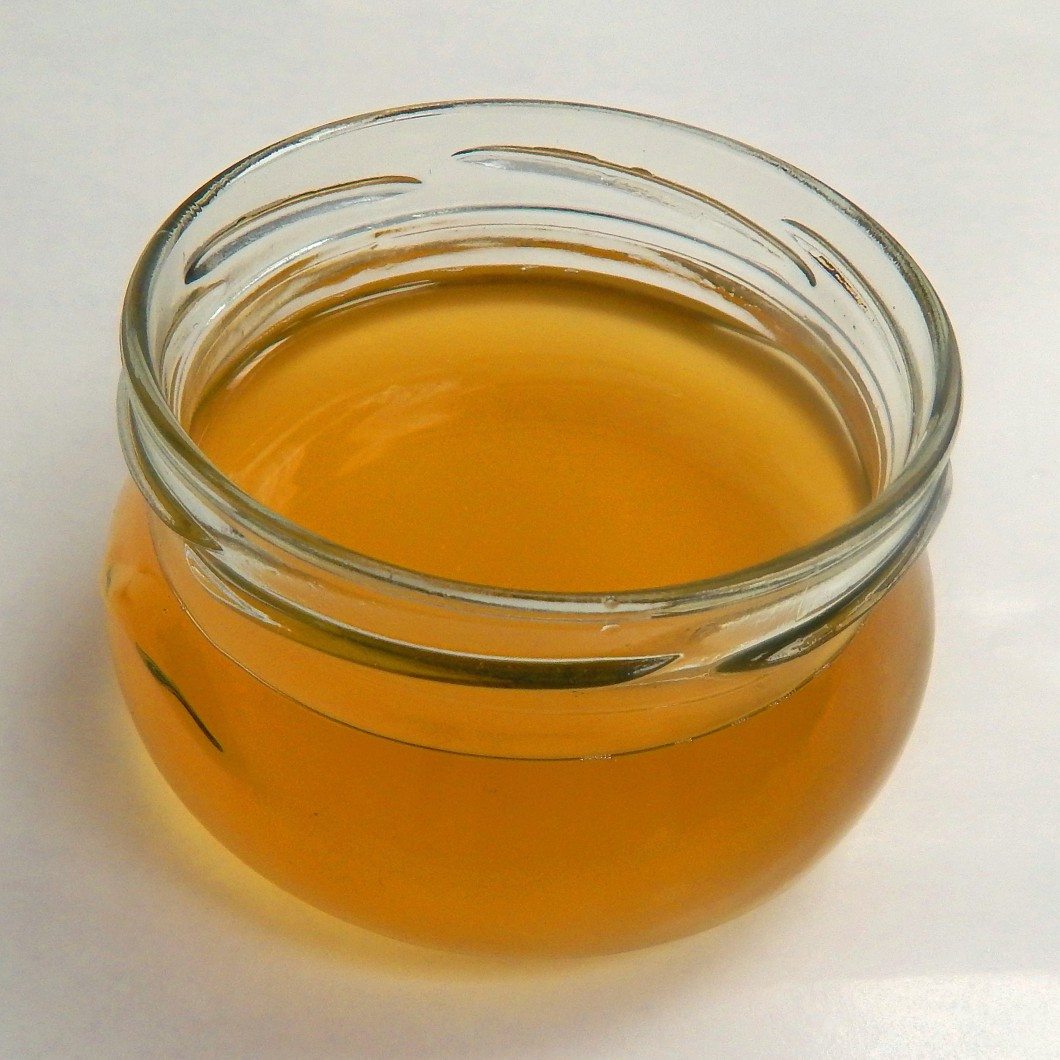
Rendered fat can stay at room temperature for a week or so, but refrigerate or freeze if storing longer (should last several months to a year in freezer). Once cool and solidified, your rendered fat will turn creamy white.
Use for frying potatoes, making chips, roasting, in pastries, and other recipes that call for shortening (fats). These little gems were roasted in Sommerlad Heritage chicken schmaltz mixed with a little Kyogle beef tallow.
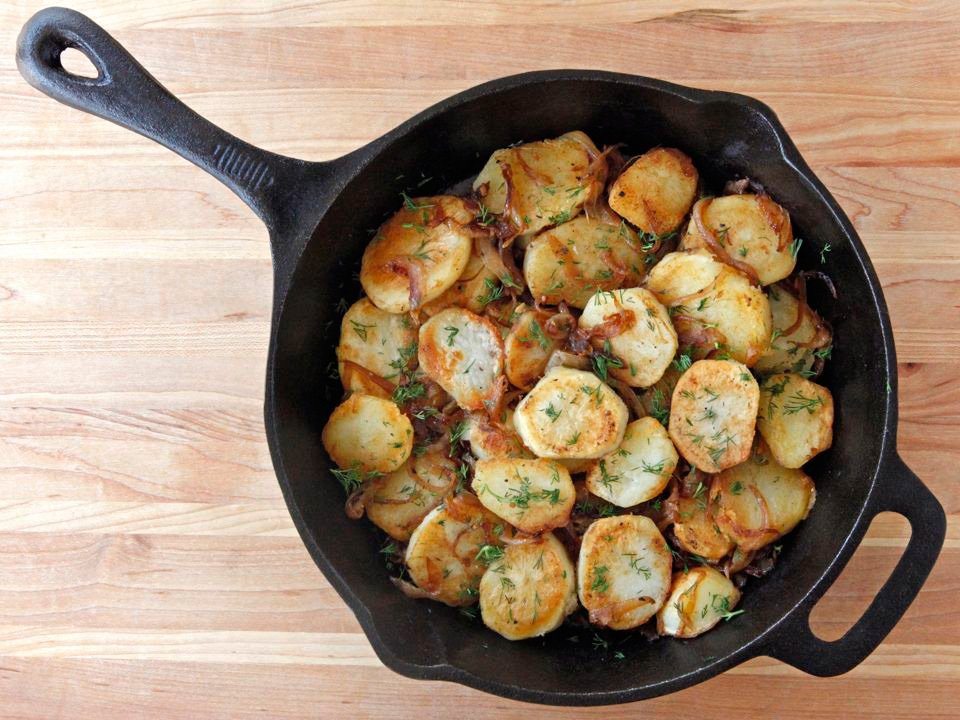
Rendered animal fats are enjoying a comeback in the kitchen thanks to increasing awareness of the health benefits of nutrient-rich traditional fats.
Give it a go – and tell me what you think!
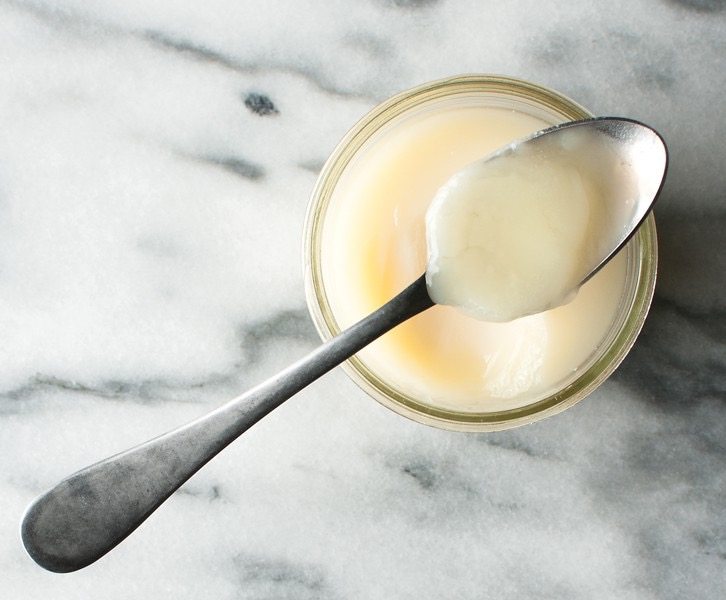
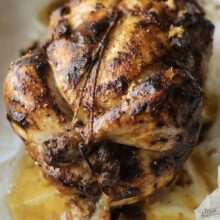
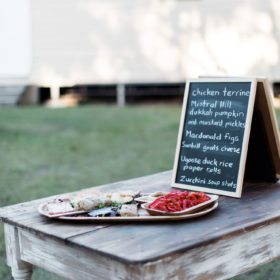
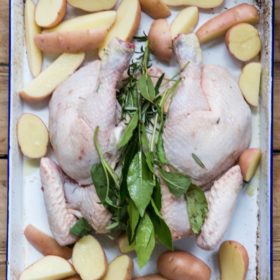
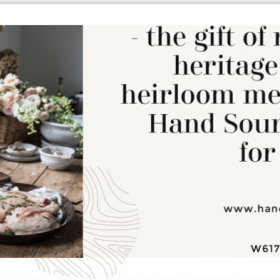


Leave a Reply